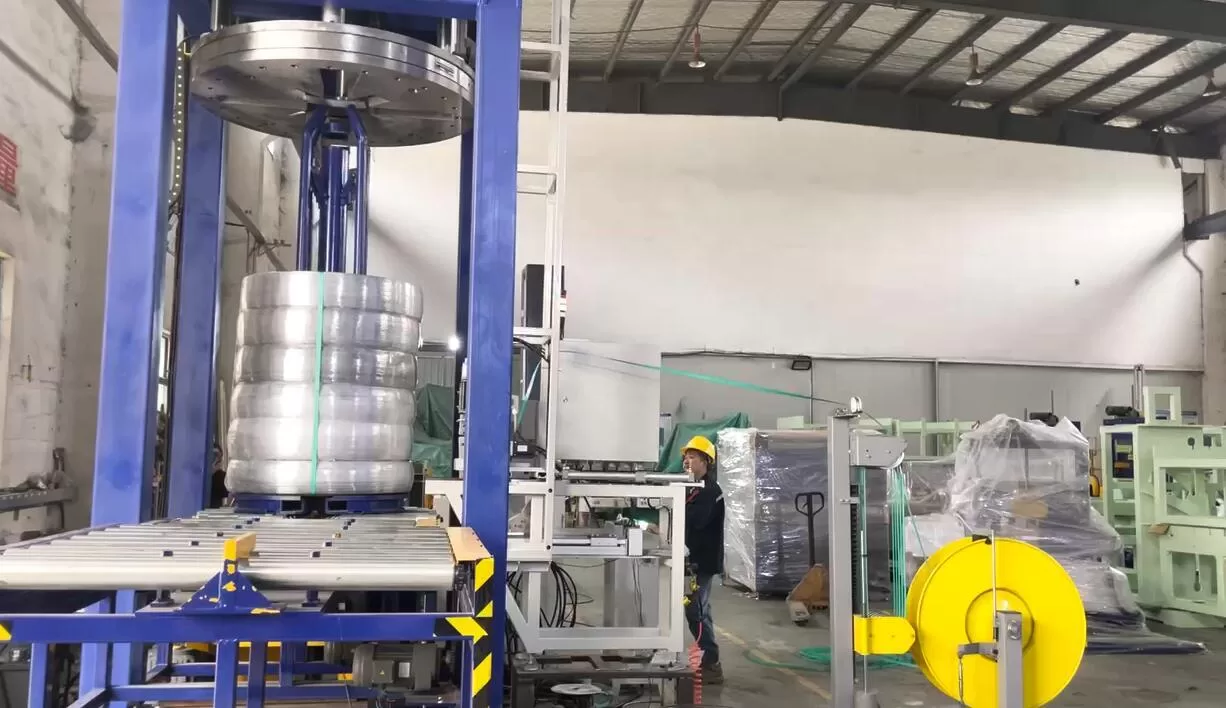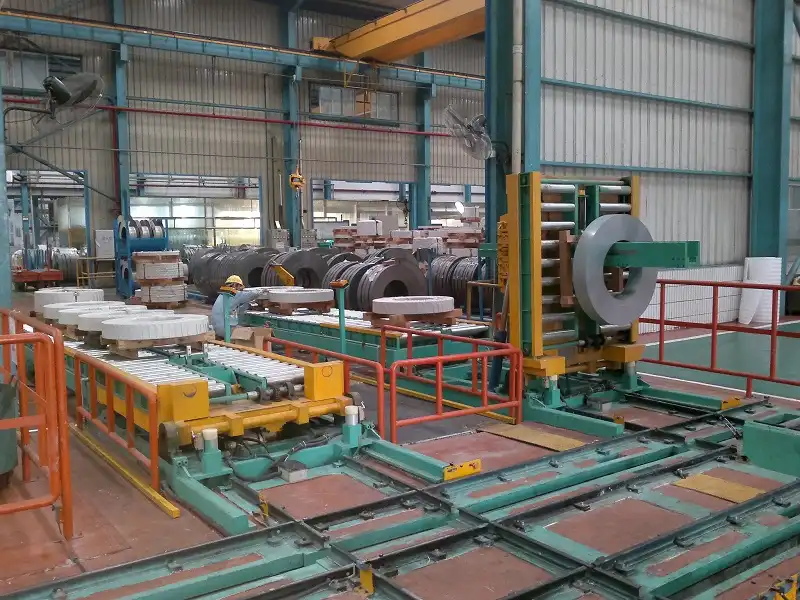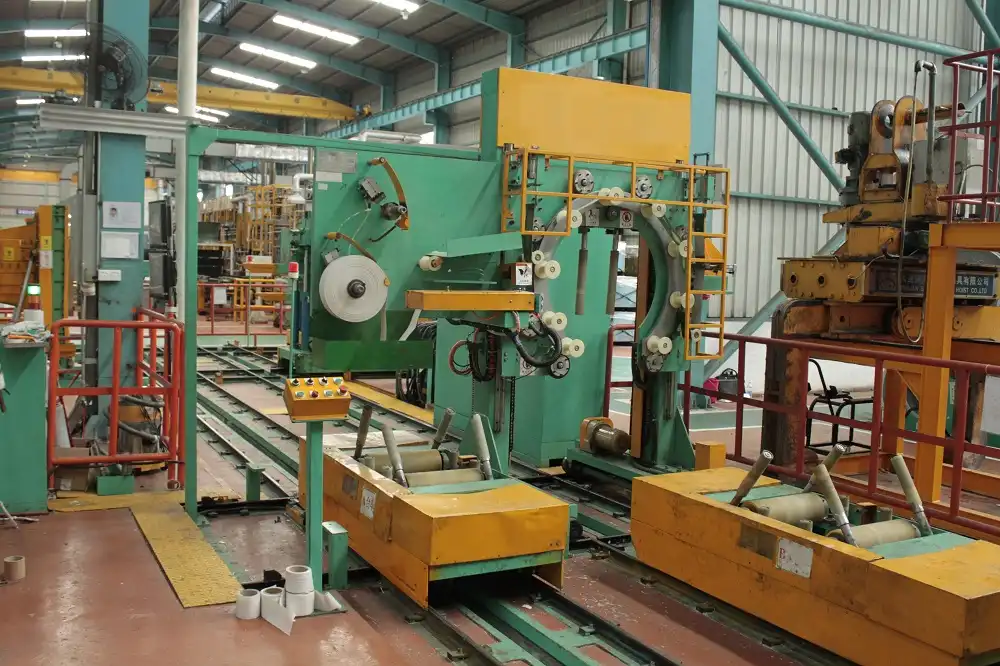Click to Chat
I'm online now.
Fhopepack Innovation
When choosing a palletizing approach, factors like production volumes, coil sizes and stacking heights must be considered. Turntable systems excel at random patterns but cantilevered robots palletize continuously at high rates. Wrap-rolling performs single-coil wrapping efficiently while stackers consolidate into tiers. Assessing individual line needs will determine whether hydraulic, vacuum or ma






Deciding between conventional and robotic palletizing depends not on which is universally better, but which is more suited to the specific needs of your coil packaging line. This post will outline the differences between conventional and robotic palletizers, comparing their capabilities to help you determine the best fit for your operations.
Conventional and robotic palletizers are designed with the primary goal of stacking coils onto pallets for transportation or storage, but they do so in different ways. Conventional palletizers might use mechanisms like sweep arms to move coils onto pallets in layers, efficiently stacking them one layer at a time. Robotic palletizers, utilizing a robotic arm, can stack coils layer by layer or row by row, tailored to varying speeds or specific orientations.
Machine Access
Multi-line Capability
When choosing between conventional and robotic palletizing, consider the specific requirements of your coil packaging line:
Understanding these key differences will aid in making an informed decision, ensuring that your chosen palletizing method enhances productivity and efficiency in your coil packaging line.
1. Rolled Coil Automatic Packing Line Basic Specification.
2. How to do numbering for the coil packing line project?
3. How to do visual management for the coil packing line project?

I'm online now.